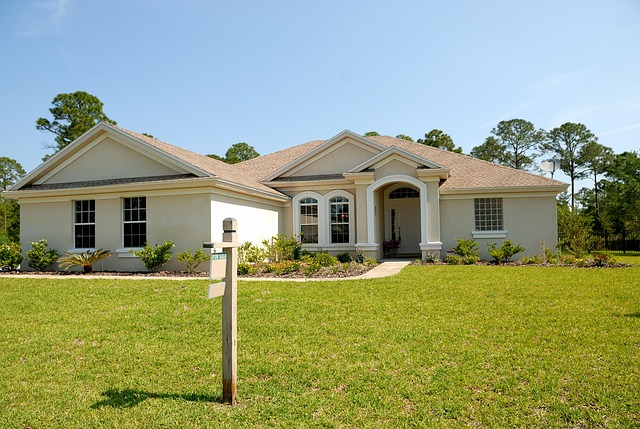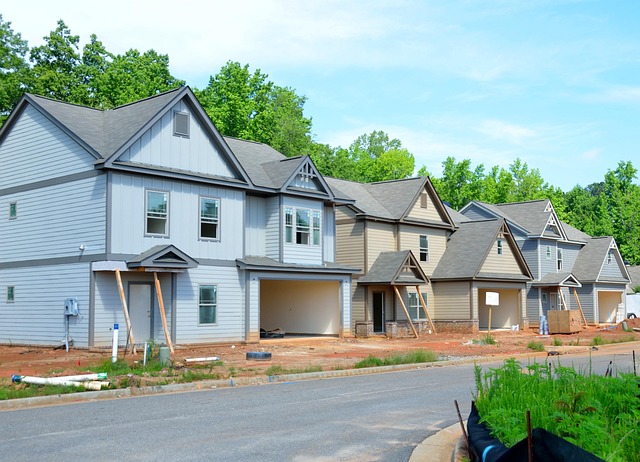Sacramento's diverse neighborhoods present a unique opportunity for creative sustainable urban solutions. By implementing strategies like revitalizing distressed areas, promoting community engagement, encouraging green technologies, and rehabilitating existing structures, these communities can transform into vibrant, eco-conscious places to live. Selling properties in once-overlooked districts not only boosts property values but also fosters environmental stewardship. Sacramento's commitment to innovative design, renewable energy, and community gardens positions it as a national leader in sustainable urban living, making it an attractive destination for environmentally conscious residents and investors alike, while addressing the issue of considering selling house in bad neighborhoods Sacramento.
“Sustainable urban living is not just a trend, but an urgent necessity. This article delves into the transformative power of urban neighborhoods in achieving environmental sustainability, highlighting successful examples like Sacramento. We explore creative solutions for eco-friendly living, focusing on property revitalization and green initiatives. By understanding the impact of urban areas, we can foster thriving, eco-conscious communities. For those looking to contribute, selling a house in a less-than-ideal neighborhood can be a catalyst for revitalizing it.”
- Understanding the Impact of Urban Neighborhoods on Sustainability
- Exploring Creative Solutions for Eco-Friendly Living in Sacramento
- The Role of Property Revitalization in Promoting Sustainable Communities
- Strategies to Encourage and Implement Green Initiatives in Urban Settings
Understanding the Impact of Urban Neighborhoods on Sustainability

The sustainability of urban living heavily relies on the understanding and addressing of the impact that neighborhoods have on environmental, social, and economic aspects. Urban neighborhoods, such as those in Sacramento where many residents consider selling house in bad neighborhood sacramento due to challenges like pollution, inadequate infrastructure, or limited green spaces, play a pivotal role in shaping the overall sustainability of cities. These factors contribute to issues like climate change, health disparities, and reduced quality of life, affecting both current and future generations.
Therefore, it’s crucial to implement strategies that promote sustainable urban development. This involves revitalizing distressed neighborhoods through eco-friendly initiatives, enhancing community engagement to foster a collective sense of responsibility, and encouraging the adoption of green technologies. By focusing on these aspects, Sacramento and other cities can transform challenging neighborhoods into thriving, sustainable communities, while also preventing residents from considering selling house in bad neighborhood sacramento due to negative environmental and social conditions.
Exploring Creative Solutions for Eco-Friendly Living in Sacramento

Sacramento, known for its diverse neighborhoods, presents an exciting opportunity to explore creative solutions for sustainable urban living. Many areas in the city have been revitalized, transforming former underperforming districts into thriving communities that blend eco-friendly practices with modern lifestyle demands. For instance, selling a house in a previously overlooked neighborhood can catalyze local growth and encourage developers to invest in green initiatives. This approach not only improves property values but also fosters a sense of community among residents who prioritize environmental stewardship.
By embracing innovative design and sustainable technologies, Sacramento is setting an example for urban development across the nation. From solar-powered homes to community gardens and efficient public transportation systems, these initiatives showcase how cities can create livable spaces that minimize their ecological footprint. As the city continues to evolve, selling houses in these burgeoning areas becomes a strategic move, not only for real estate investors but also for promoting Sacramento as a leader in sustainable urban living.
The Role of Property Revitalization in Promoting Sustainable Communities

Property revitalization plays a pivotal role in fostering sustainable communities, especially when it comes to transforming neighborhoods that have historically struggled with lower property values and limited resources. In cities like Sacramento, where there might be areas considered ‘bad neighborhoods,’ revitalizing properties can spark a positive cycle of change. This process involves rehabilitating and upgrading existing structures to increase their value and appeal, attracting new residents who are committed to sustainable living practices.
By investing in these neighborhoods, whether through individual initiatives or community-led projects, Sacramento can see a ripple effect. Improved property values lead to stronger communities with increased social cohesion. Revitalized areas often become magnets for local businesses, fostering economic growth and reducing reliance on distant resources. This, in turn, promotes sustainable urban living by encouraging walkability, cycling, and the use of local amenities, thereby reducing carbon footprints associated with commuting and transportation. So, when considering selling a house in a bad neighborhood Sacramento, residents and investors can play a significant part in creating a greener, more vibrant city for all.
Strategies to Encourage and Implement Green Initiatives in Urban Settings

In urban settings, implementing green initiatives is key to fostering sustainable living. Cities like Sacramento, known for its diverse neighborhoods, including areas that might be considered less desirable or “bad,” can lead the way in environmental stewardship by employing several strategies. One effective approach is to incentivize homeowners and businesses through tax benefits and grants for installing renewable energy sources like solar panels and green roofing systems. Additionally, urban greening programs that transform vacant lots into community gardens or parks not only beautify the city but also provide residents with access to fresh produce and green spaces.
Community engagement is another powerful tool. Sacramento can organize neighborhood-level events focused on sustainability, such as recycling drives, composting workshops, and tree planting initiatives. These activities foster a sense of collective responsibility for the environment while enhancing social cohesion. Moreover, collaborating with local schools to integrate environmental education into curricula ensures that future generations grow up understanding and valuing sustainable practices, ultimately driving long-term behavioral changes and contributing to a greener Sacramento, even in its more challenging neighborhoods.
In conclusion, sustainable urban living is not just a trend but an essential shift towards a greener future. By understanding the impact of neighborhoods on sustainability, exploring creative eco-friendly solutions like those in Sacramento, revitalizing properties to promote communities, and implementing green initiatives, cities can become more livable and resilient. For those looking to contribute, consider the potential of transforming less desirable areas, such as selling a house in a bad neighborhood Sacramento has experienced, into thriving, sustainable communities. This holistic approach ensures a brighter, more eco-conscious urban landscape for generations to come.
